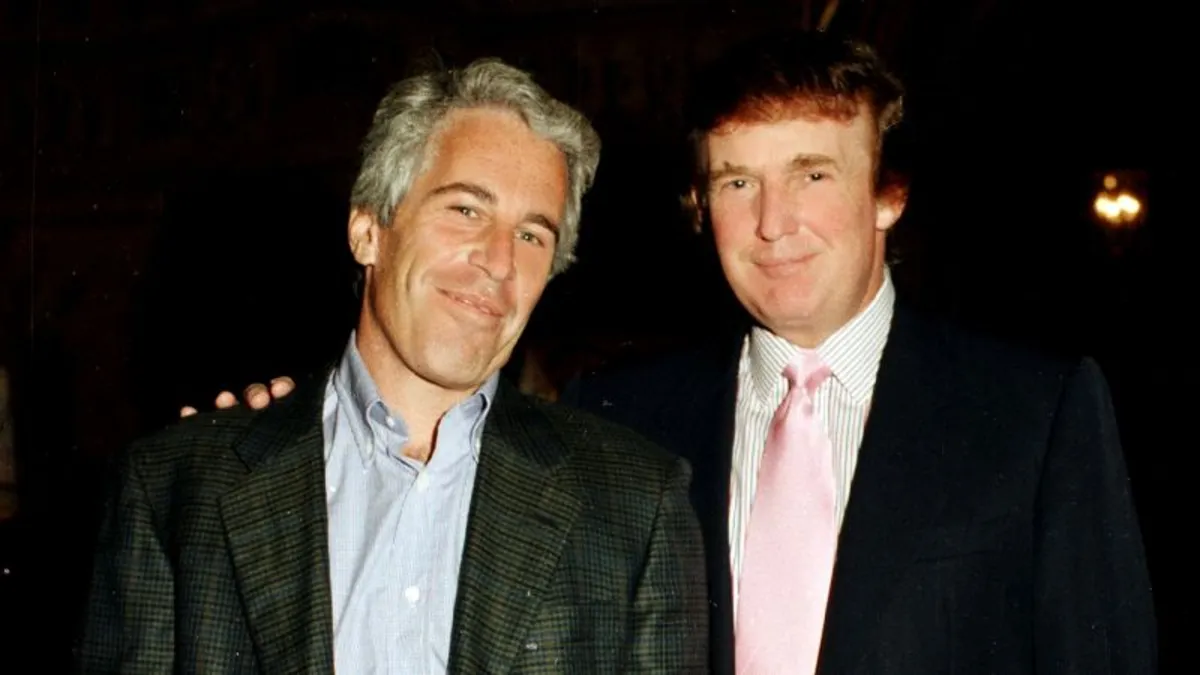
In recent weeks, the Trump administration has made a series of puzzling decisions concerning the Jeffrey Epstein files. These actions have raised eyebrows, as the administration appears to have reversed its promises for comprehensive disclosure. Critics argue that there has been misleading communication about the situation, as well as a noticeable reluctance to acknowledge President Donald Trump's connections to Epstein. Furthermore, the administration has shown an unusual level of leniency towards Ghislaine Maxwell, which remains unexplained. This has led several victims of Epstein and their supporters to suggest that a cover-up may be occurring.
On Monday, a pivotal moment unfolded: confirmation that the administration's initial push for transparency was, in reality, a smokescreen. Trump's first strategy to address the mounting backlash involved advocating for the unsealing of grand jury testimony in the Epstein and Maxwell cases. However, experts had already cautioned that this move appeared limited in scope. A judge has since rejected this request in the Maxwell case, revealing critical insights into the administration's intentions.
The judge, Paul Engelmayer, highlighted that the information the administration sought to release was not new. He stated that the premise of the administration’s request—that the Maxwell grand jury materials would unveil significant information about Epstein and Maxwell’s crimes or the ongoing government investigation—was fundamentally flawed. Engelmayer pointed out that the administration failed to identify any new information, instead offering only “scattered words, clauses, and occasional sentences.” This has led to the conclusion that the materials would yield little to no new insights for those familiar with the case.
Engelmayer further noted that the documents in question contained no substantial details regarding key points of interest to those eager to learn more about the Epstein files. He characterized these materials as a “nothingburger,” underscoring the fact that the content was not a mystery to the administration, which had access to it all along. This raises significant questions about the administration's motives in presenting this effort as a meaningful stride toward transparency.
Judge Engelmayer suggested that a reasonable member of the public might perceive the government’s motion for unsealing as an attempt at diversion rather than genuine transparency. He remarked, “The one colorable argument under that doctrine for unsealing in this case, in fact, is that doing so would expose as disingenuous the Government’s public explanations for moving to unseal.” This stark criticism of the administration's actions comes at a time when the public is increasingly demanding clarity regarding Epstein’s connections and the government's handling of the case.
The administration's reluctance to disclose information related to its other efforts to manage the Epstein backlash is troubling. Over two weeks have passed since the Justice Department conducted an interview with Maxwell, and the public still lacks vital information about the proceedings. All that has been revealed is that she has been transferred to a lower-security prison camp, yet the reasons for this move remain unclear.
As the situation unfolds, questions persist about the administration's decision-making process. Is it merely Trump’s strategy to navigate the backlash, or is there a deeper intention to create a narrative where a judge’s rejection of their efforts could be blamed? Regardless, these actions are unlikely to satisfy those who genuinely care about uncovering the truth behind the Epstein files. The growing apprehension among supporters, particularly within the MAGA movement, is whether they will begin to recognize this initiative as the cover-up that Epstein’s victims and their advocates have long suggested.